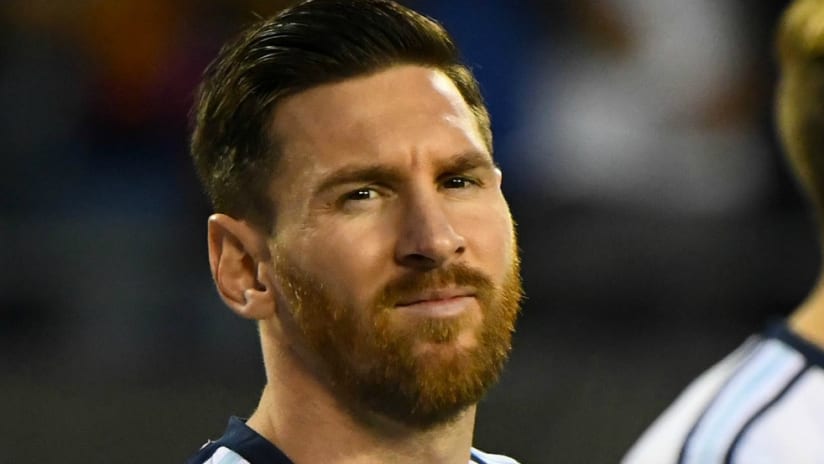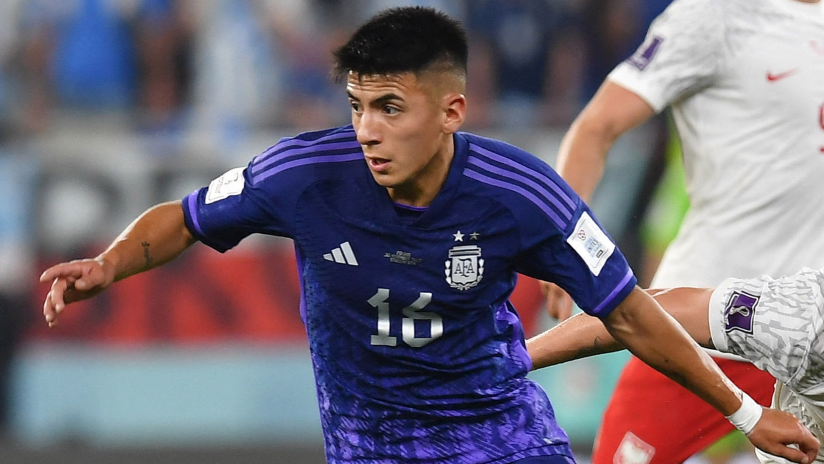HANOVER, N.J. – Lionel Messi certainly isn’t the only person the US national team must stop this Tuesday when they play Argentina in the semifinals of the Copa America Centenario (9 pm ET, FS1, Univision, UDN). But there is no denying that he will draw his fair share of attention in the match.
Stopping Messi, arguably the best player in the world, won’t be an easy task. The Argentine forward and Barcelona talisman can float in and out of games, sitting deep at times in pockets to receive the ball, then carrying it up the field. Or he could be going out wide, where he can be isolated with a single wide player trying to contain him, a recipe for disaster in most instances.
But while Messi has scored against some of the best teams in the world, he has not found the same success against the US national team. In 2011 in a friendly at MetLife Stadium, Messi was held scoreless against the United States and struggled at times to find the game in what was a 1-1 result.
Prior to that, in 2008 at the old Giants Stadium, Messi was held in check in a rain-soaked scoreless draw in a match in which he played the first 45 minutes. Both matches were important results for the US, then under the direction of head coach Bob Bradley, in that they stood firm against a top-tier opponent.
And they did so with a game plan that, according to New York Red Bulls head coach Jesse Marsch, was designed to make Messi uncomfortable. At the time, Marsch served as an assistant coach on the national team under Bradley.
“One of the things that Bob tried to emphasize was taking Messi outside of his comfort zone. He still now will float through the game and get his touches in a lot of ways, getting those touches often gets him into the game. And Bob was big on when he got the touches, to make sure we are stepping out on him and close down his space. And not just let him get into an ease of doing things,” Marsch told MLSSoccer.com.
“We’d talk a lot about stepping out but doing it in a way so you can set yourself, but that the next guy was ready to come so that we could be physical on him, hard on him – not dirty. Trying to cut down his time and space so as to not let him get a rhythm.”
Not surprisingly, Marsch sees many great attributes in Messi’s game. While it is hard to pin him down to a singular position or role with either club or country, his stamp on the game is as unique as his playing style.
“It’s partly his understanding of what is going on in the game. His ability to take the ball and shift gears and take little touches almost at full speed, almost re-arrange his body and do whatever he thinks is the best,” Marsch said.
“Even when he plays Barcelona, there’s tactics involved but specifically, he uses his instincts to find the game and find where it helps.”
Marsch admits that keying in on a player like Messi is far from an exact science given just how unique he is on the global stage. Argentina have plenty of firepower after Messi, and the US must be careful not to be so absorbed with Messi exclusively or else someone else can be dangerous and decisive in the final third.
But the best way to limit Messi’s impact is to rattle him and challenge him, the game plan that Marsch saw work twice in the two friendly results under Bradley’s direction. Letting Messi play his game, according to Marsch, is simply a recipe for disaster.
“It makes it hard to deal with," Marsch said, "if you let him do what he wants."













